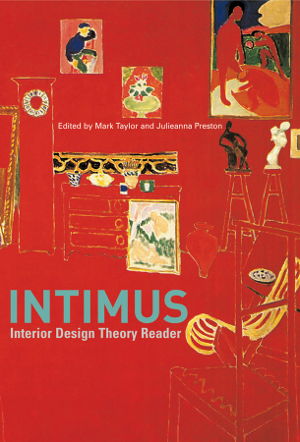
PublishedWiley & Sons, June 2006 |
ISBN9780470015711 |
FormatSoftcover, 408 pages |
Dimensions24.9cm × 16.1cm × 2.3cm |
Walter Benjamin observed in his writings on the interior that 'to live means to leave traces.' This interior design theory reader focuses on just how such traces might manifest themselves. In order to explore interior design's links to other disciplines, the selected texts reflect a wide range of interests extending beyond the traditional confines of design and architecture.
It is conceived as a matrix, which intersects social, political, psychological, philosophical, technological and gender discourse, with practice issues, such as materials, lighting, colour, furnishing, and the body. The anthology presents a complex and sometimes conflicting terrain, while also creating a distinct body of knowledge particular to the interior. Locating theory on the interior through these multifarious sources, it encourages future discourse in an area often marginalised but now emerging in its own right. Within the reader individual excerpts are referenced to their place in the matrix and sequenced alphabetically. This organising strategy resists both a chronological and themed structure in order to provoke associations and inferences between excerpts.
In this way the book offers the possibility of examining the interior from multiple vantage points: a disciplinary focus, the spatial and physical attributes of interiors, historical sequence, and topical issue based. Excerpts from Thomas Hope, Catherine E. Beecher and Harriet Beecher Stowe, Edith Wharton and Charles Eastlake provide contemporary nineteenth century accounts as the profession emerges, whereas Barbara Penner, Penny Sparke, Charles Rice, Georges Teyssot and Rebecca Houze offer re-interpretations of this period. The complexities of the twentieth-century interior are revealed by Robyn Longhurst, Kevin Melchionne, George Wagner, John Macgregor Wise, Joel Sanders and many others.

